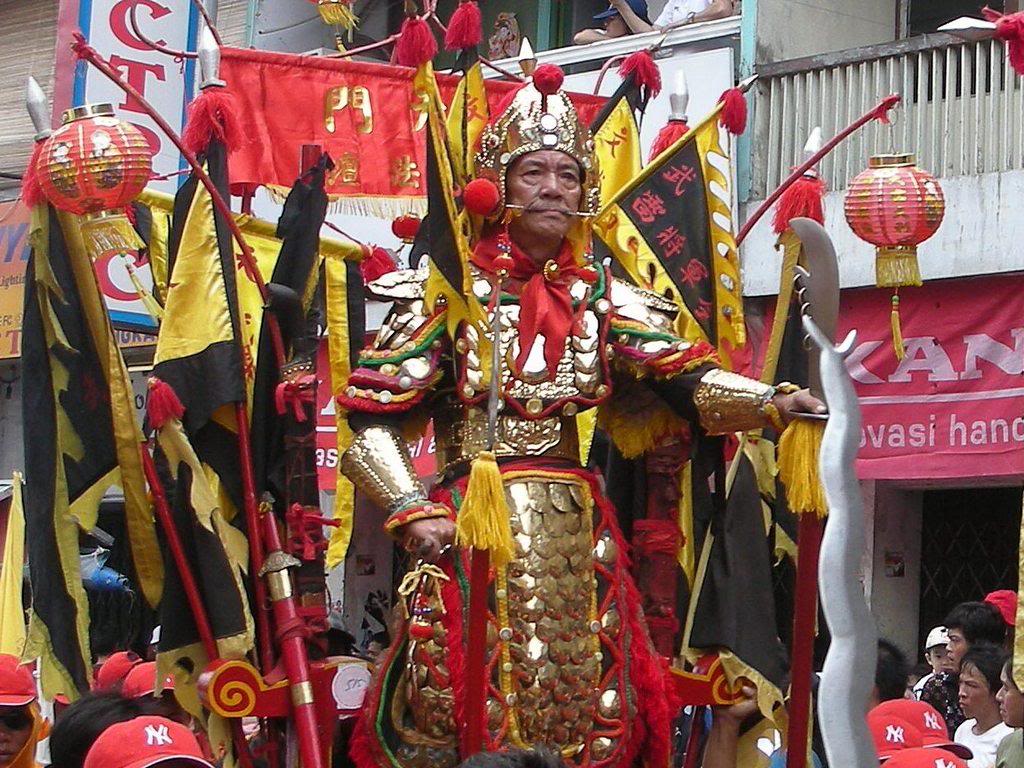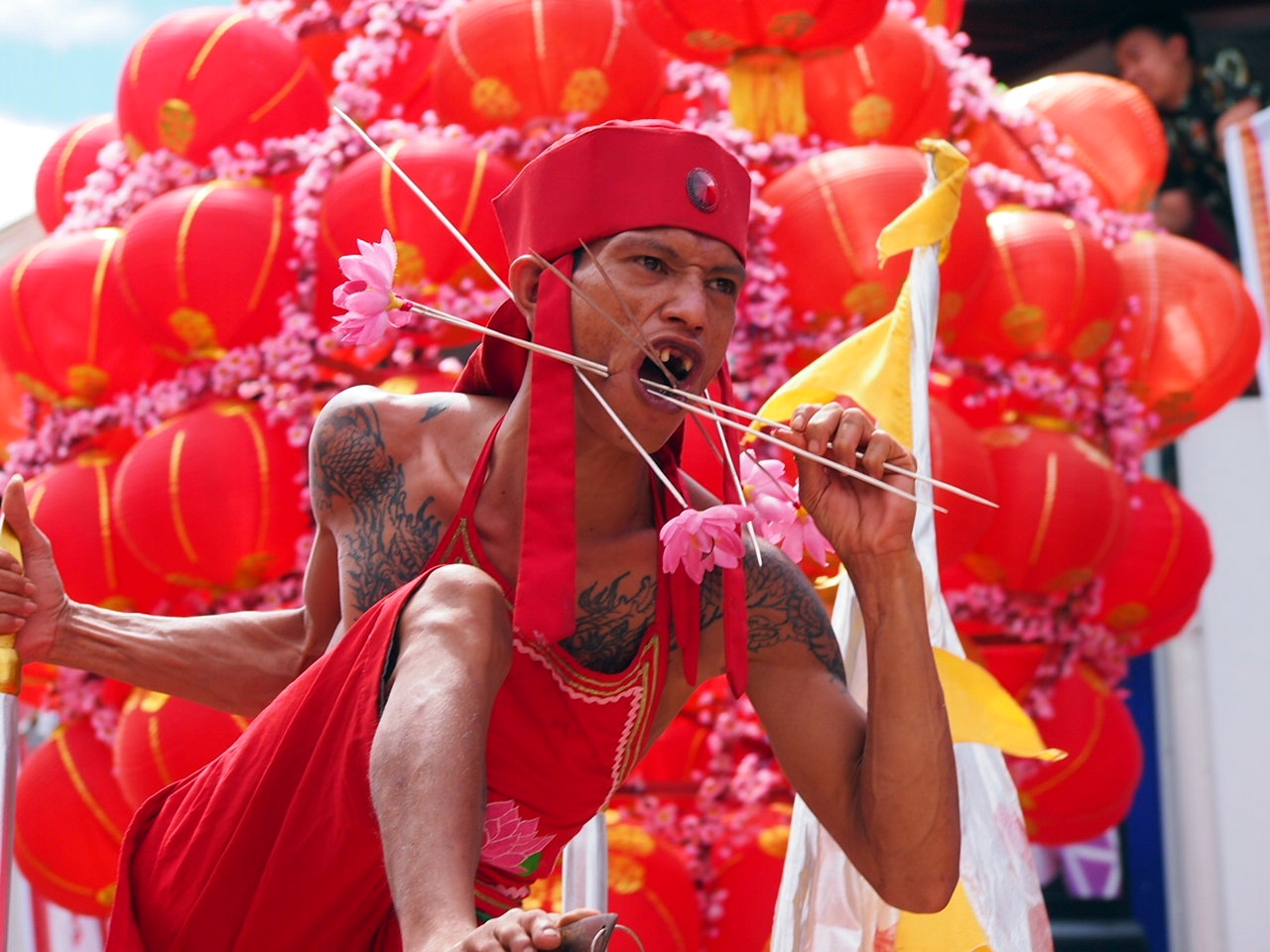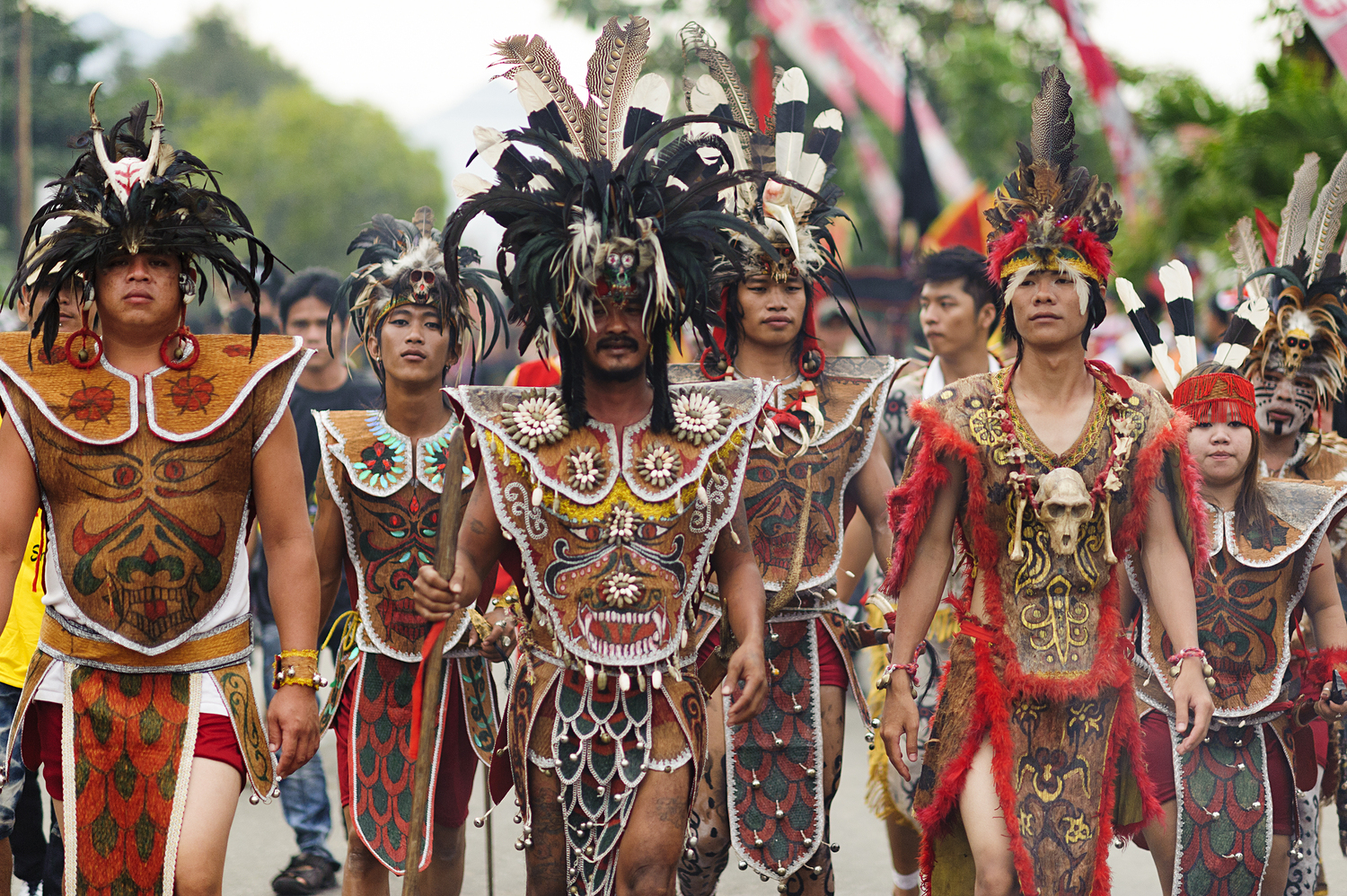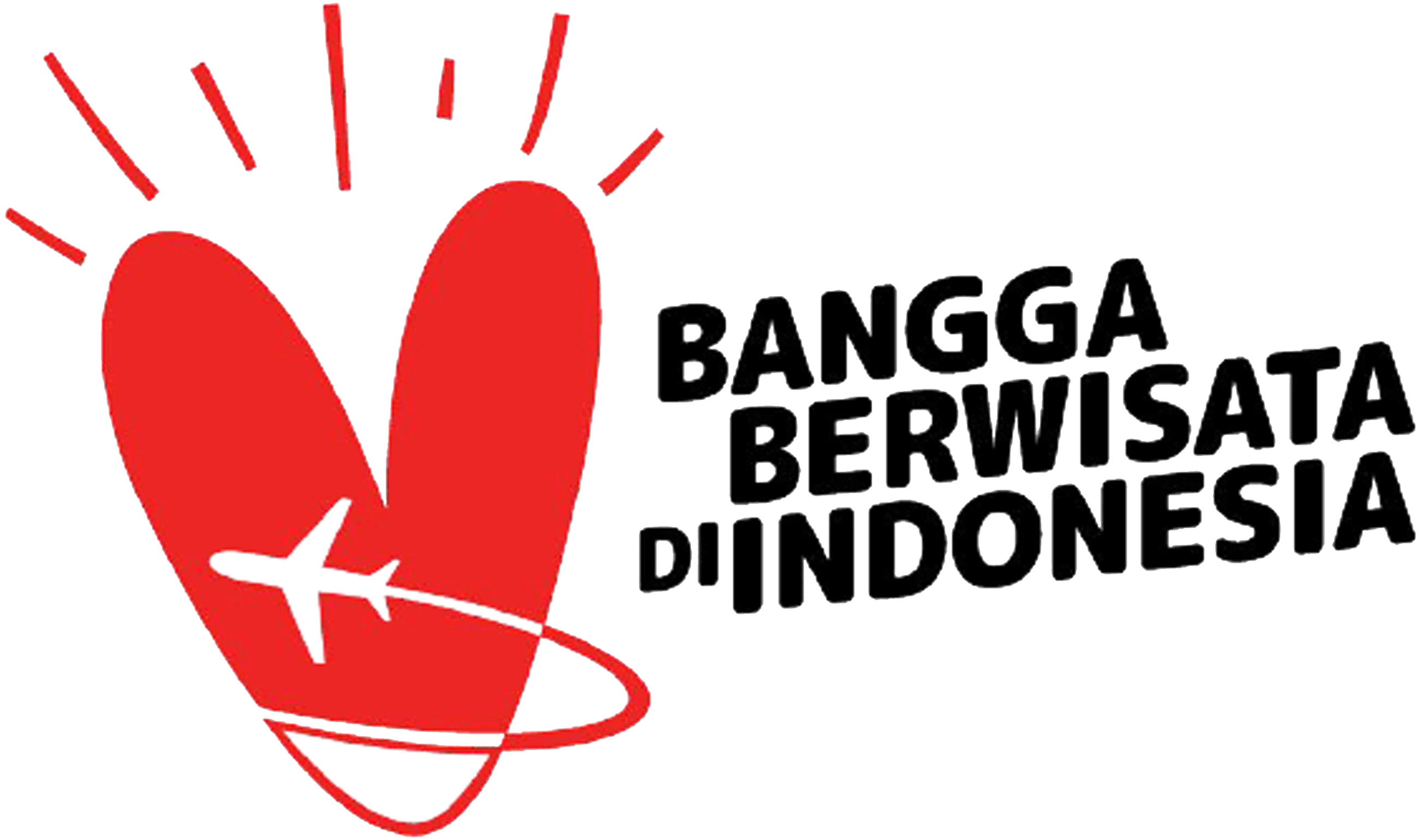If you search Google for Pawai Tatung, the images that appear might seem a bit extreme to the uninitiated. However, this parade is a rare tradition showcasing supernatural powers and serves as a cleansing ritual for the Dayak-Chinese community during Cap Go Meh, the celebration held after Chinese New Year in Singkawang. Here are some facts about the Tatung Parade tradition in Singkawang:
Your itinerary

1. Assimilation of Dayak and Chinese Cultures
The Tatung Parade is the result of the assimilation of two cultures: the Chinese and the indigenous Dayak of Singkawang, creating a unique cultural blend. This tradition can only be witnessed in Singkawang. According to the book "70 Unique Traditions of Indonesian Ethnic Groups," the Tatung tradition began with the arrival of the Chinese, specifically the Khek or Hakka ethnic group from Southern China, to Borneo Island (now Kalimantan) four centuries ago. When an epidemic struck Singkawang, the Chinese community conducted a ritual called Ta Ciau to ward off misfortune, which became the precursor to the Tatung tradition in Singkawang.

2. A Tradition of Cleansing Misfortune and Evil Spirits
To this day, the Tatung tradition serves as a ritual to cleanse the streets of misfortune and evil spirits throughout the city. The Tatungs are paraded around the city, showcasing their invulnerability and chanting mantras to the beat of drums.

3. Only Chosen Individuals Can Become Tatung
In Hakka, "Tatung" means a person possessed by a spirit, deity, ancestor, or supernatural power. Not just anyone can become a Tatung; it is typically passed down through generations and requires a legal statement from the local headman verifying their status as a Tatung. Before becoming a Tatung, candidates must abstain from eating meat and sexual relations for at least one week. They must also throw a piece of wood to test their eligibility. If the wood lands with the same side up twice in a row, they can become a Tatung.

4. Tatung Procession Ceremony
During the Cap Go Meh celebration, the Tatungs are gathered by a priest. This summoning is performed by calling upon the spirits of deceased benevolent individuals to possess the Tatungs. These good spirits are invoked to ward off evil spirits that threaten the community's harmony. After receiving blessings from the temple, the Tatung procession begins from the temple altar. Dressed in traditional Chinese attire, the Tatungs' bodies and cheeks are pierced with sharp objects as they parade through the streets of the City of a Thousand Temples. The Tatung performances are filled with mystical and thrilling acts. For example, some Tatungs stand upright on palanquins with their feet on the blades of swords or knives, while others pierce sharp steel wires through their right cheek, which then penetrate the left cheek.




